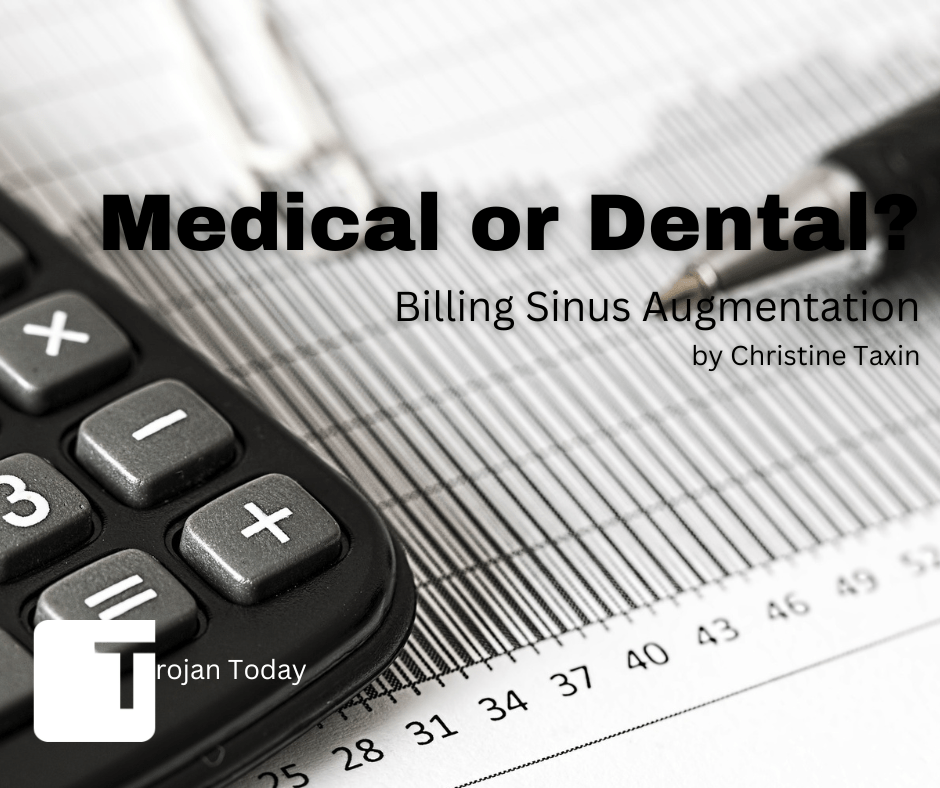Endodontics has evolved tremendously over the past decade, and its applications have immensely improved the quality of dental treatment. Endodontics involves either preserving part or all of the dental pulp in health or removing all the pulp in irreversible disease. This includes teeth with irreversibly inflamed and infected pulpal tissue. Not only does endodontics involve treatment when dental pulp is present, but it also includes preserving teeth that have failed to respond to non-surgical endodontic treatment or for teeth that have developed new lesions, e.g., when re-root canal or periradicular surgery is required. With the advent of recent developments in the field of endodontics, there are new ways to bill endodontic dental procedures to your patient’s medical insurance.
These are when cases include the following types of procedures:
- Acute alveolar abscess
- Root pulp damage
- Dental implant removal
- Saliadentitis
Notice: none of the covered services are traditional root canal therapy.
Trephination
Trephination is a procedure in which the alveolar cortical plate or the apical foramen is surgically perforated to release accumulated tissue exudate. During the process, a minor vertical incision is made adjacent to the tooth, and the mucosa is pulled back, providing sufficient drainage. More recent procedures call for perforations made in the medullary bone, which can provide drainage without needing an incision adjacent to the affected tooth. Trephination is not a common procedure, like a root canal or a crowning, but it is helpful for treatment. You can bill medical in the following situations when trephination is used.
Acute Alveolar Abscess
An acute alveolar abscess is when pus collects in the alveolar bone after pulp dies and an infection occurs. Surgical trephination is undertaken when periapical drainage is ineffective or not possible. This reduces the swelling and drains the pus.
Root Pulp Damage
Trephination is an easy way to gain access to the root canal system so it can be handled. Dentin can begin to fill the canal if root pulp damage due to trauma or decay exists. However, trephination might not be feasible if the dentin has filled the canal completely.
Dental Implant Removal
If a dental implant is fully integrated but beginning to fail, it can be difficult to remove. Trephination is often the best option, if not the only one.
- 42310 Drainage of abscess; submaxillary or sublingual, intraoral
- 42320 Drainage of abscess; submaxillary, external
Sialadenitis
A salivary gland abscess is also referred to as sialadenitis. The sublingual salivary glands lie below the tongue and open through several ducts into the floor of the mouth. The submaxillary gland, also called the submandibular gland, is the second largest salivary gland and is in front of the jaw’s angle in the neck’s triangle below the mandible. It drains into a duct (Warthin’s duct) in the floor of the mouth lateral to the lingual frenum. The submandibular gland is divided into superficial lobes, which lie superficial to the mylohyoid muscle, and deep lobes, which wrap around the posterior aspect of the mylohyoid muscle. For diagnosis code 42310, an intraoral drainage of a submaxillary or sublingual gland is performed to drain the submaxillary or sublingual glands. In this case, the Wharton duct is identified and protected. The mucosa overlying the submaxillary and sublingual glands is incised, and the lingual nerve is identified and protected. The mylohyoid muscle is retracted, and the sublingual gland is exposed. If the abscess is in the sublingual gland, it is incised and drained. If the abscess is in the submaxillary gland, the soft tissue dissection continues until the submaxillary gland is exposed. It is then incised and drained. For diagnostic code 42320, an external (extraoral) drainage of a submaxillary gland abscess is performed. The neck is incised just below the lower jaw. Overlying soft tissue is dissected and surrounding muscles divided, taking care to protect the mandibular branch of the facial nerve. The gland is incised, and the abscess is drained. Drains are placed, and incisions are closed around the drains.
Next month, we’ll look at other cases and which medical conditions to keep in mind for medical billing.
Follow this link for Links2Success’ endo book & use code TROJANTODAY for $25 off: https://dentalmedicalbilling.com/product/endodontics/

Christine Taxin is the founder and president of Links2Success, a practice management consulting company in the dental and medical fields. With over 25 years of experience as a practice management professional, she now provides private practice consulting services and delivers continuing education seminars for dental and medical professionals.
FMI: www.links2success.biz or 914-303-6464
Read more from Christine Taxin:

